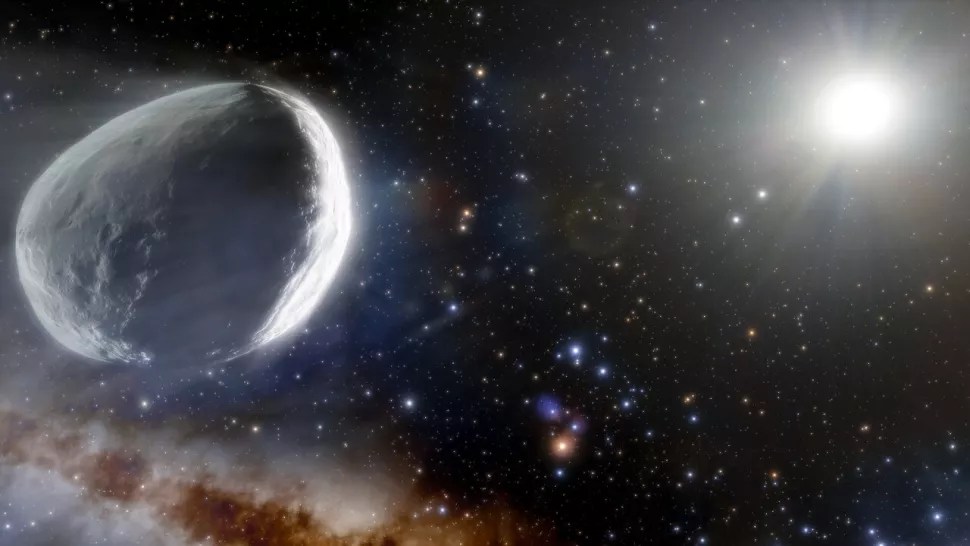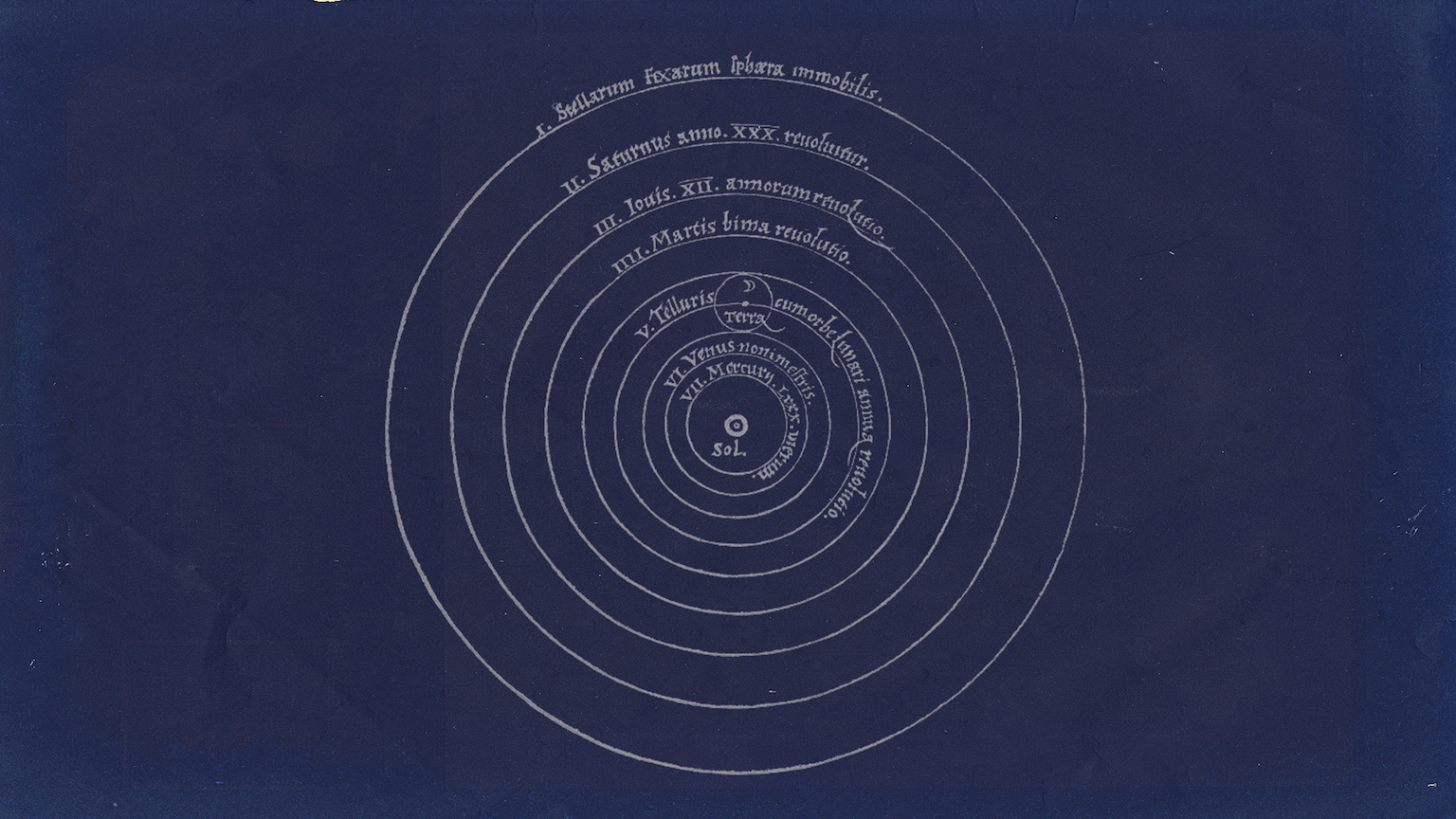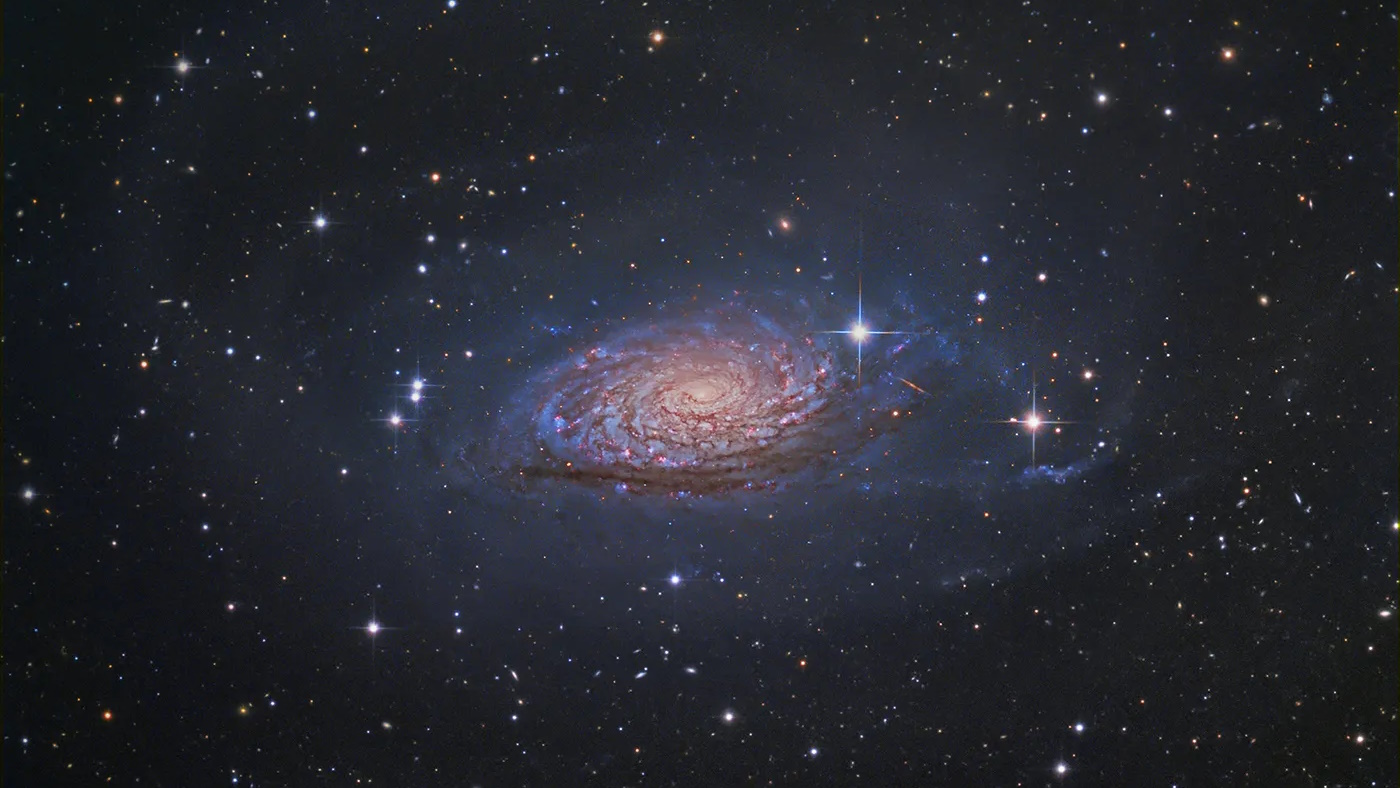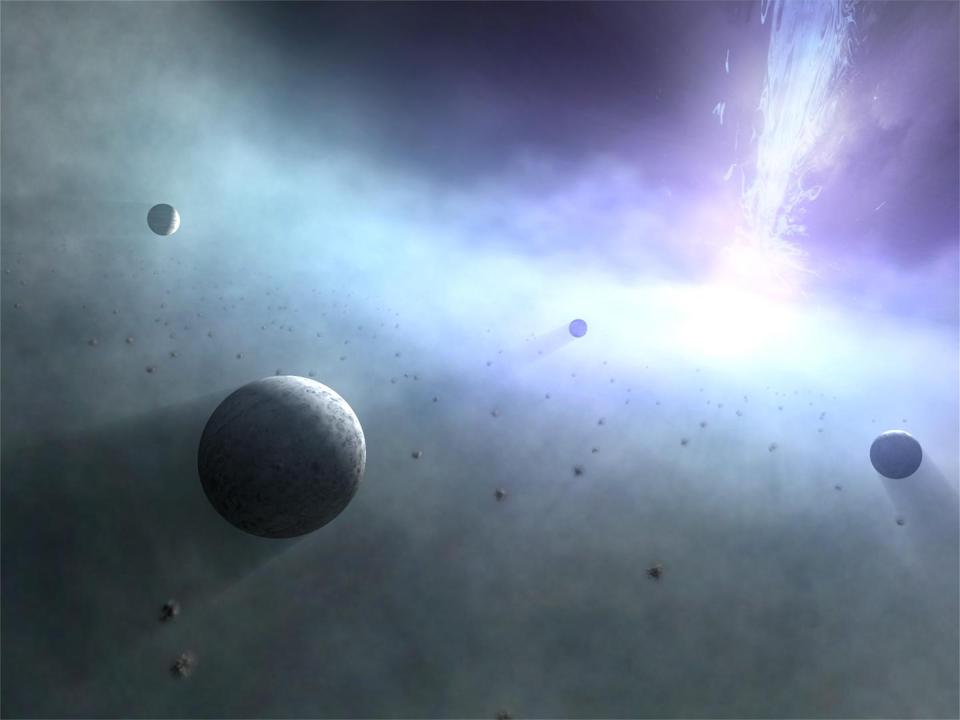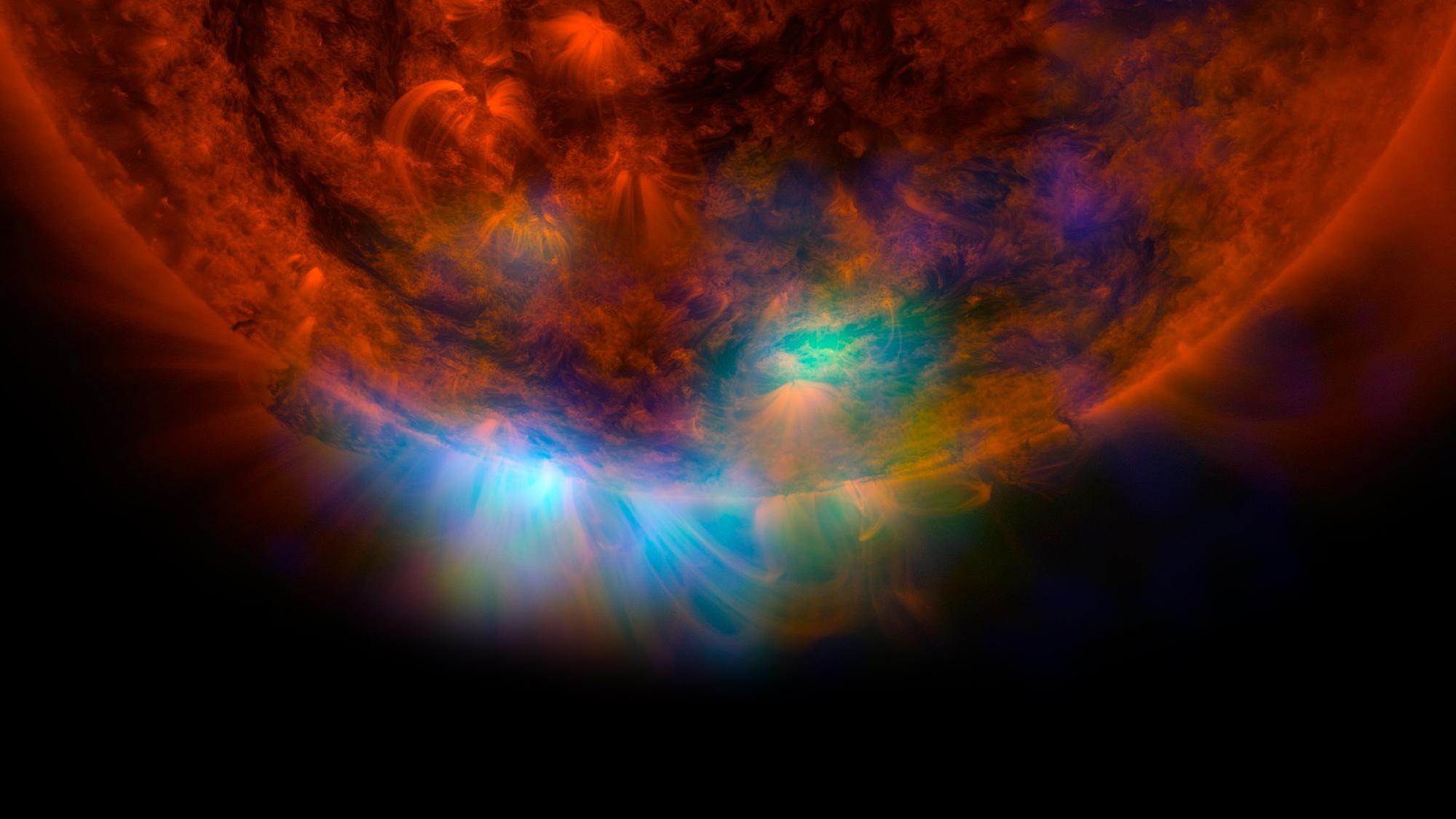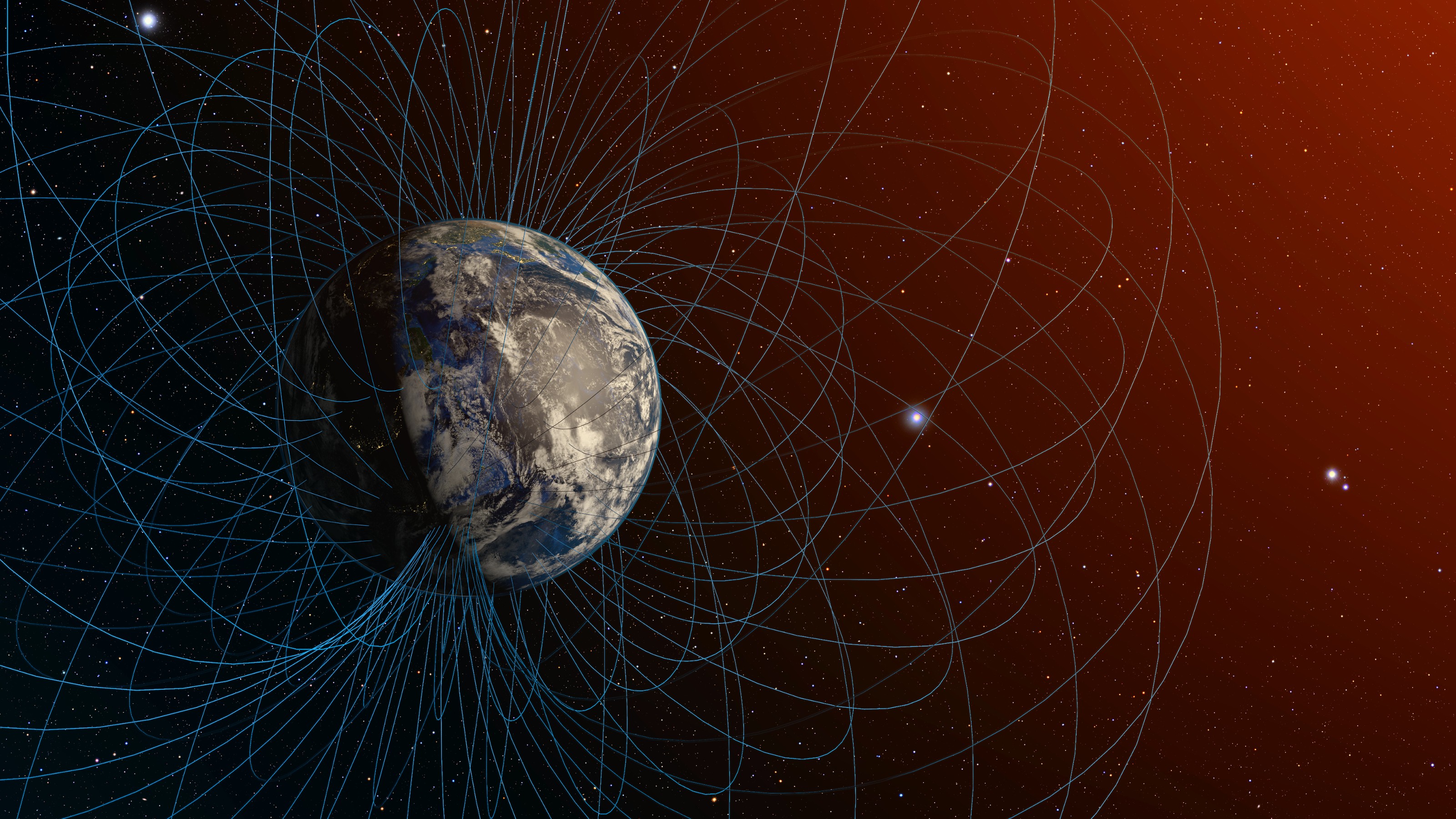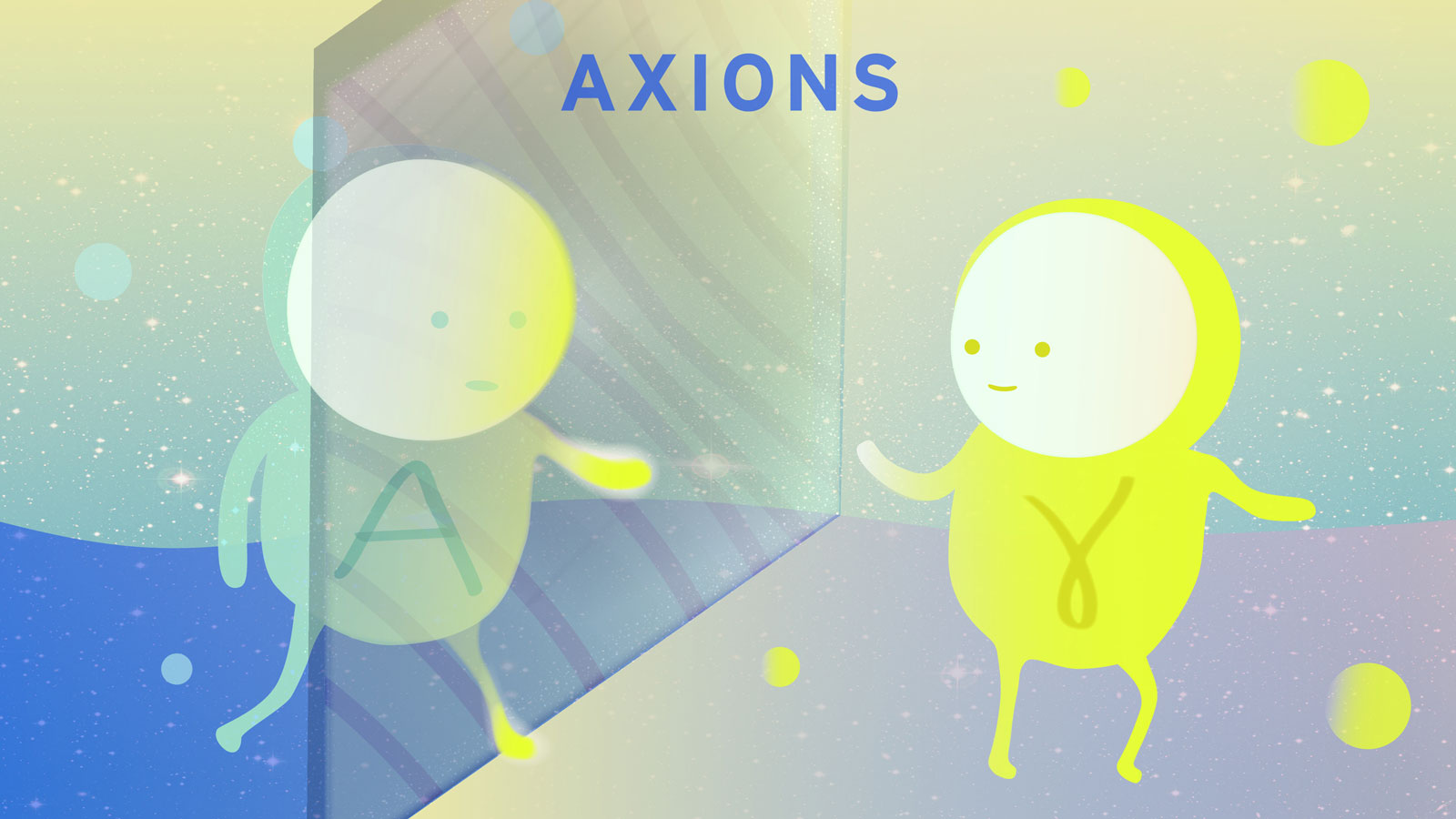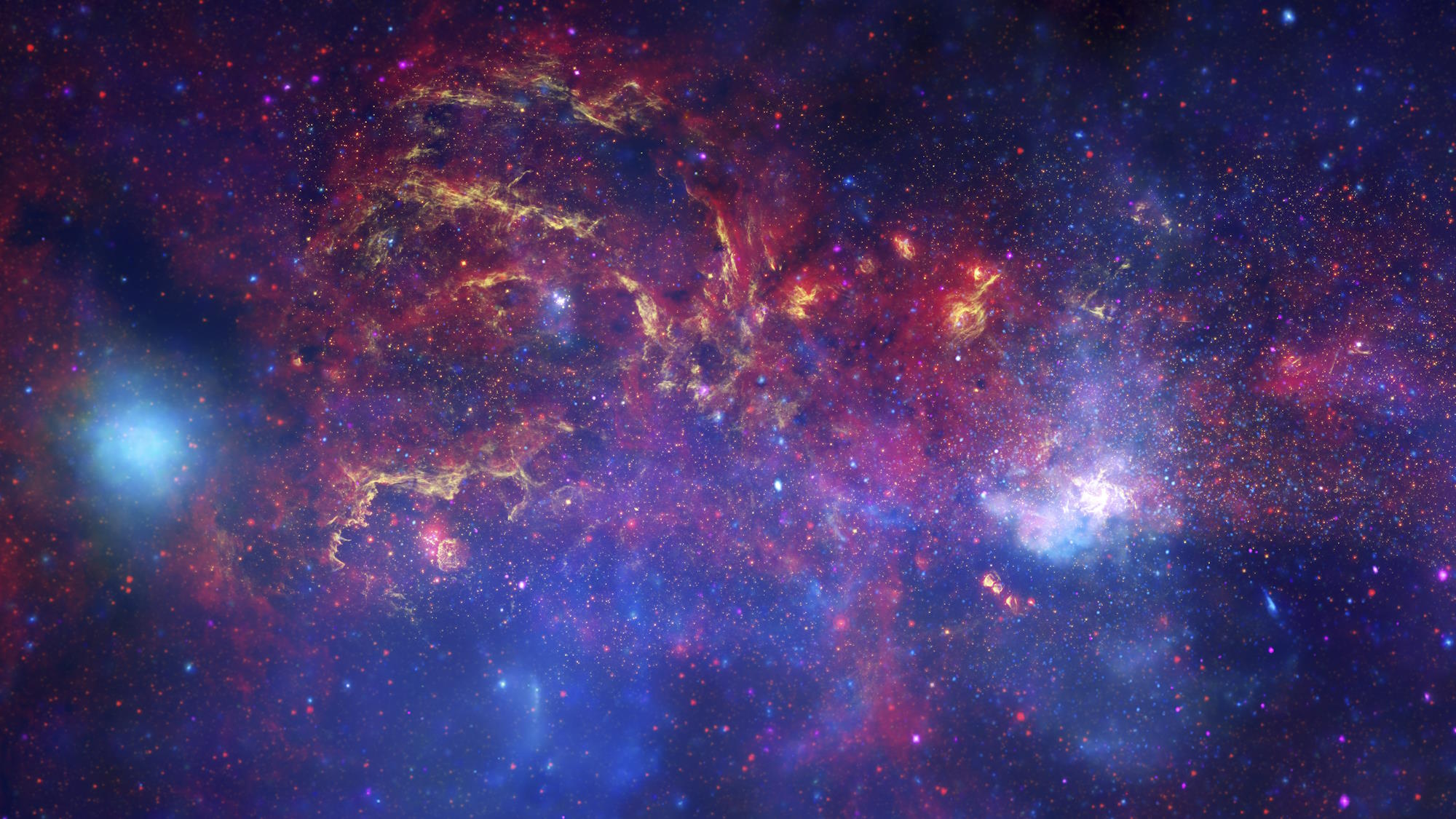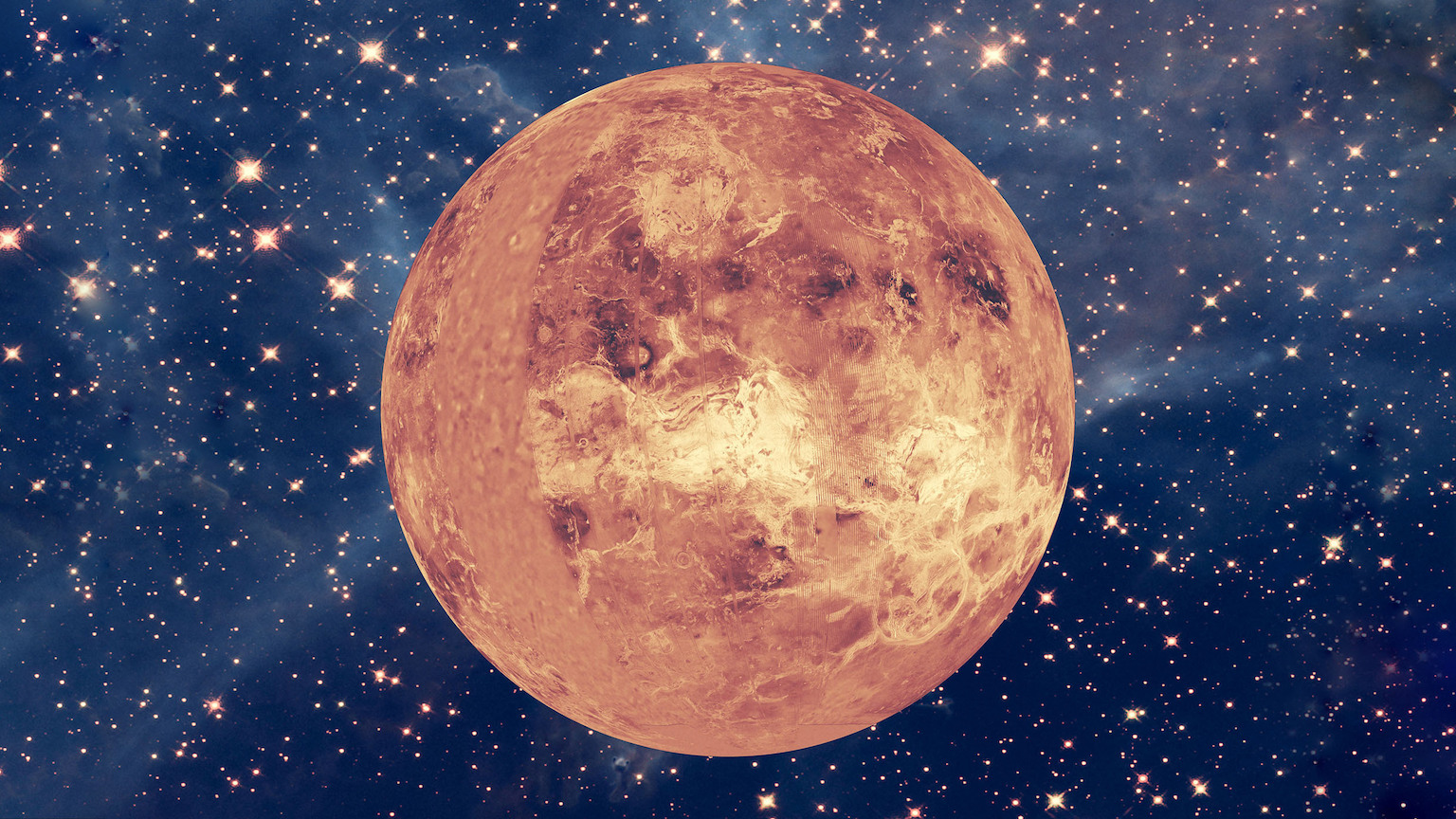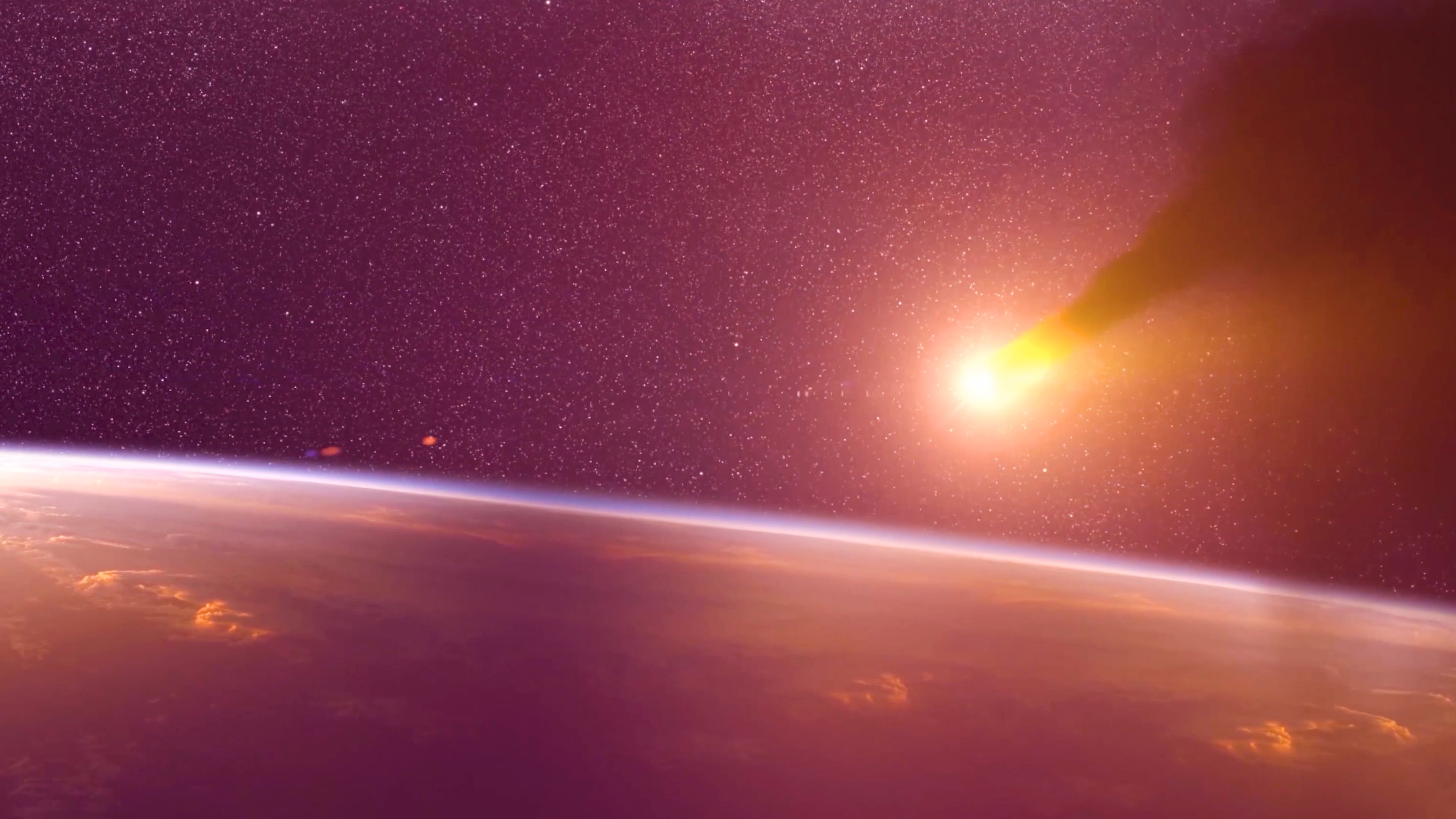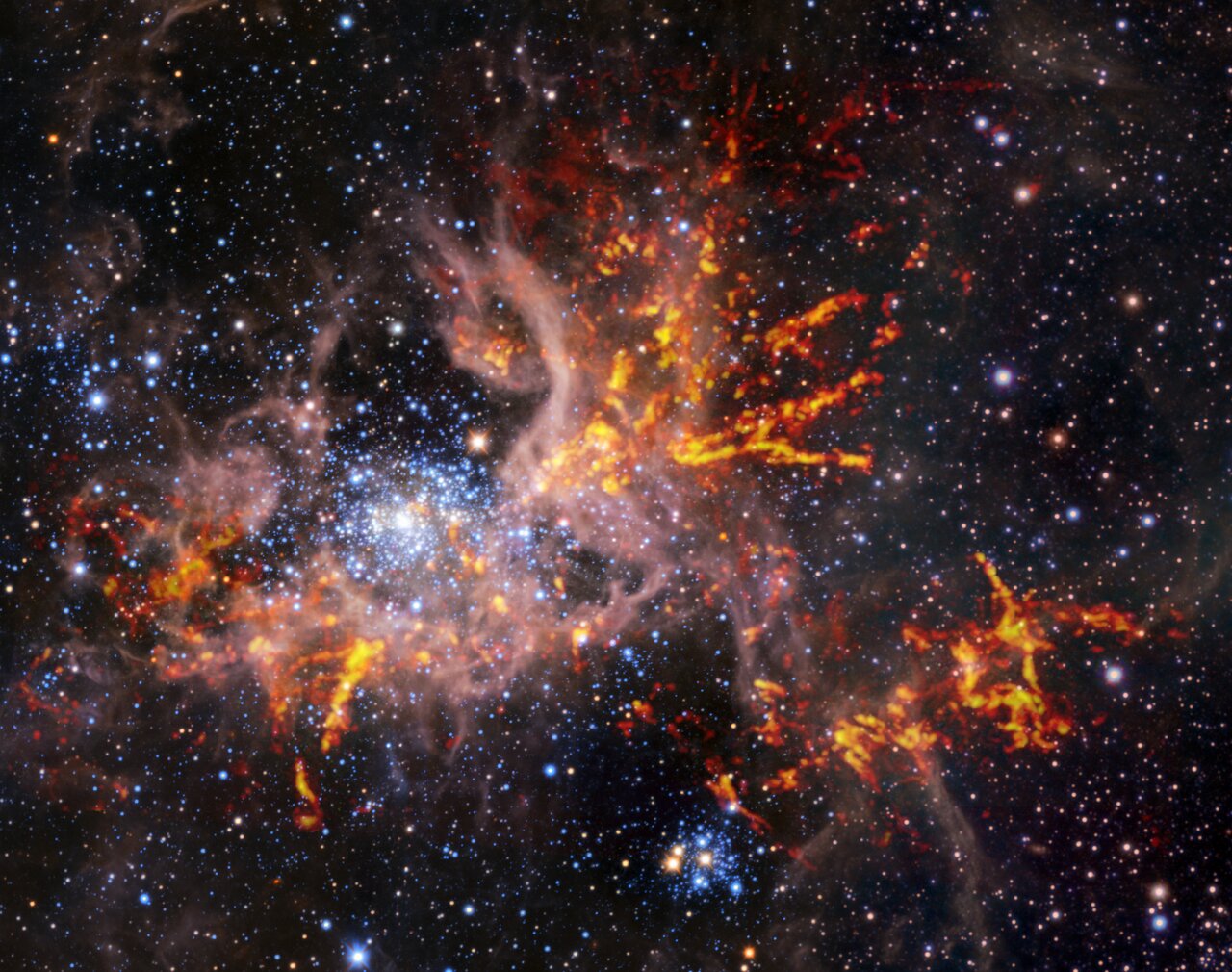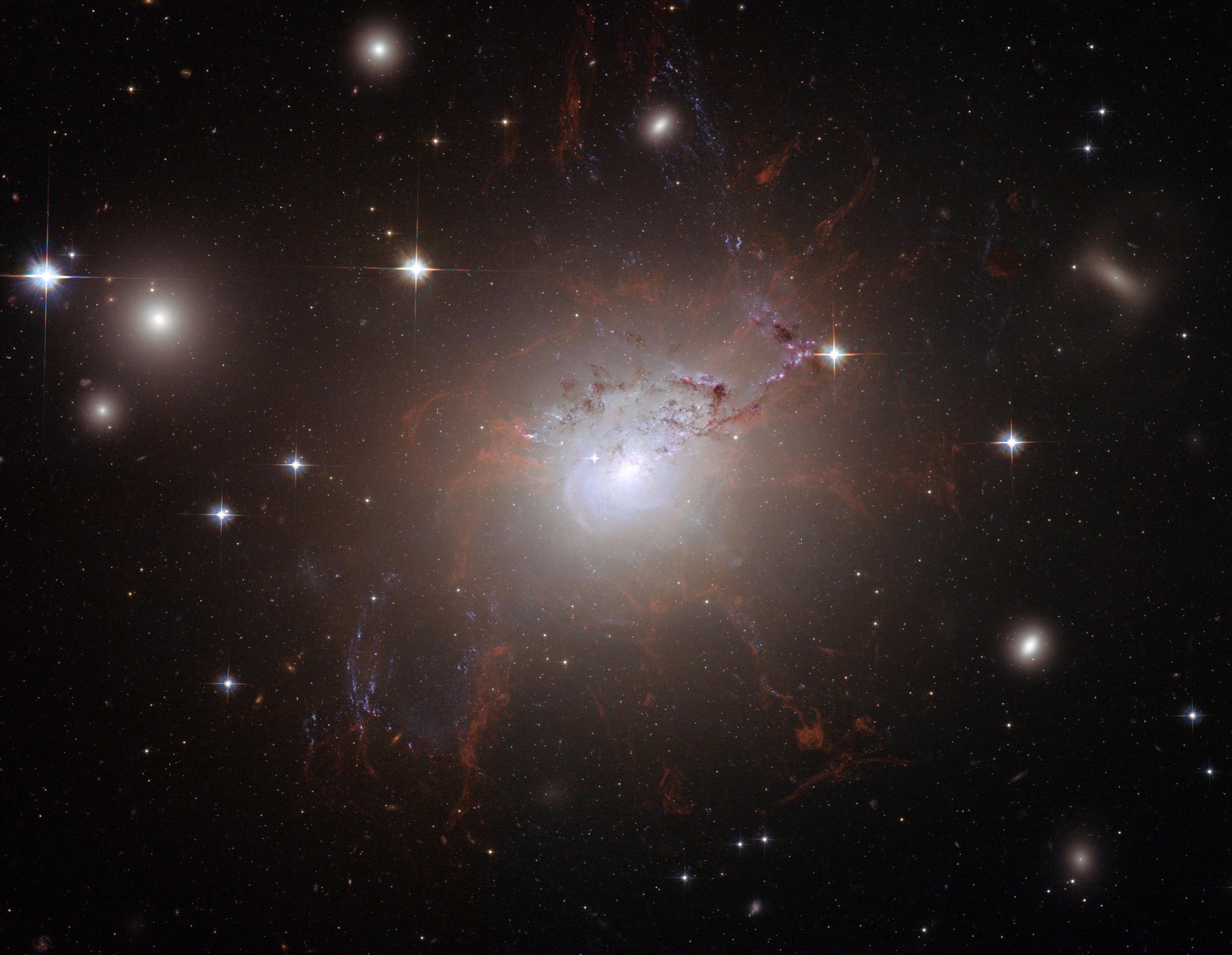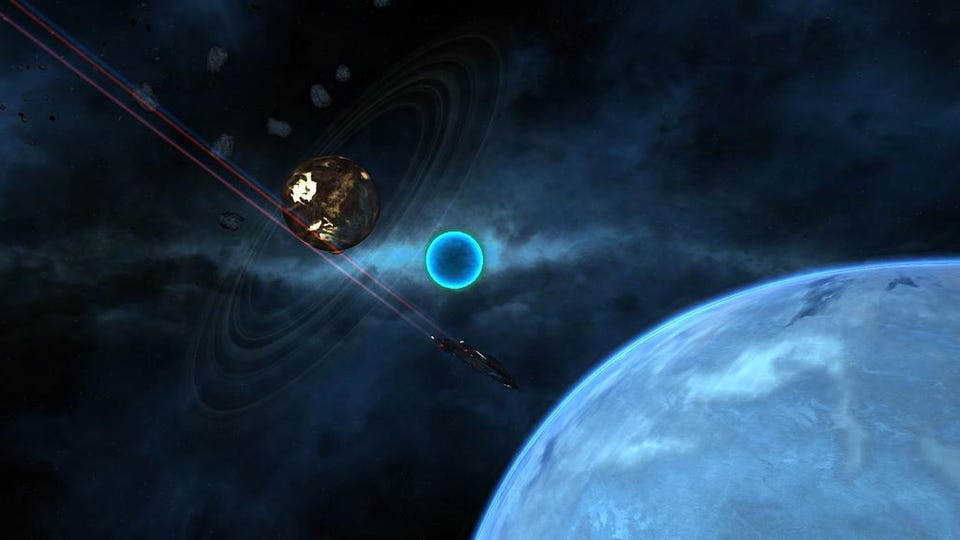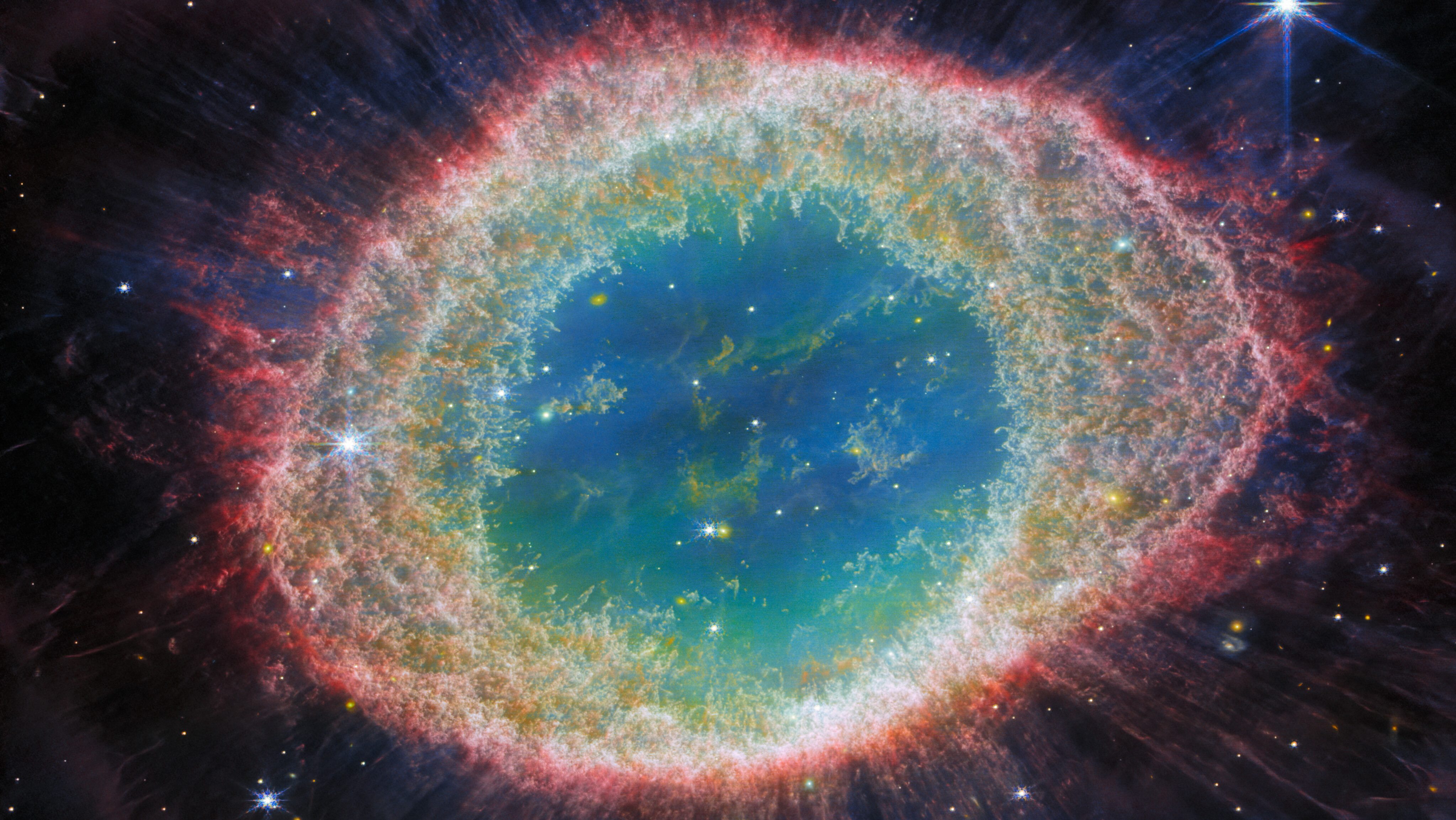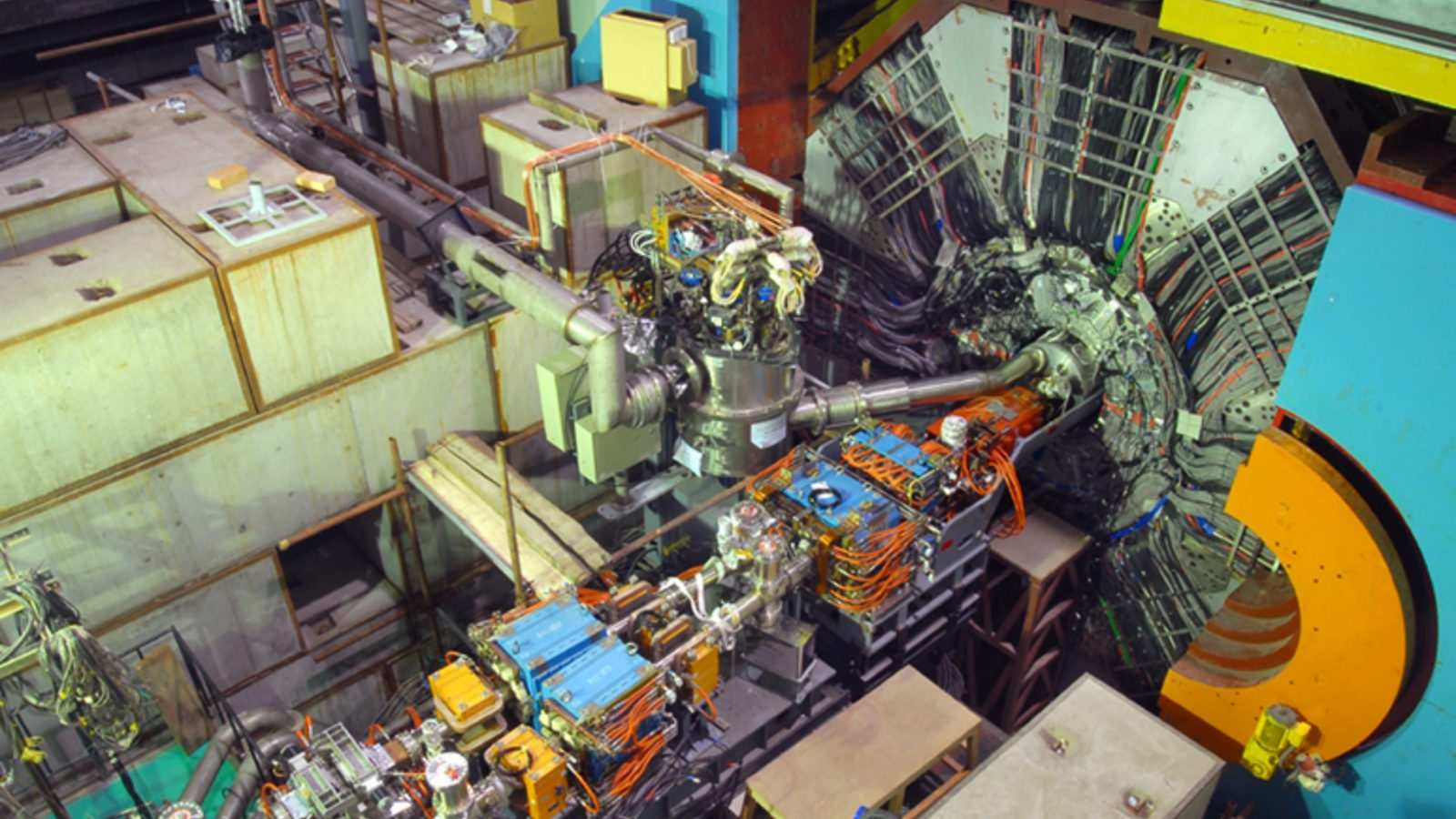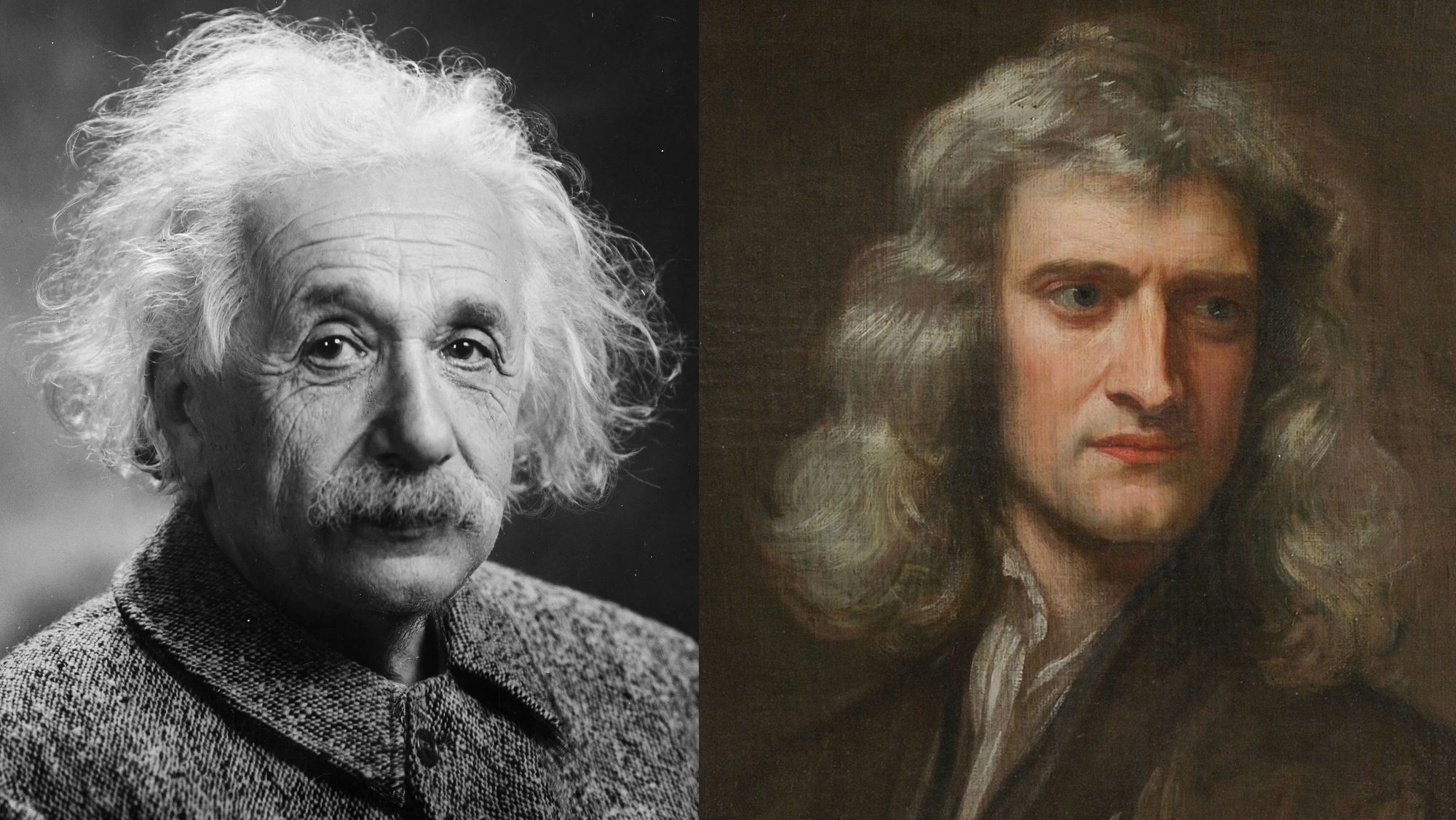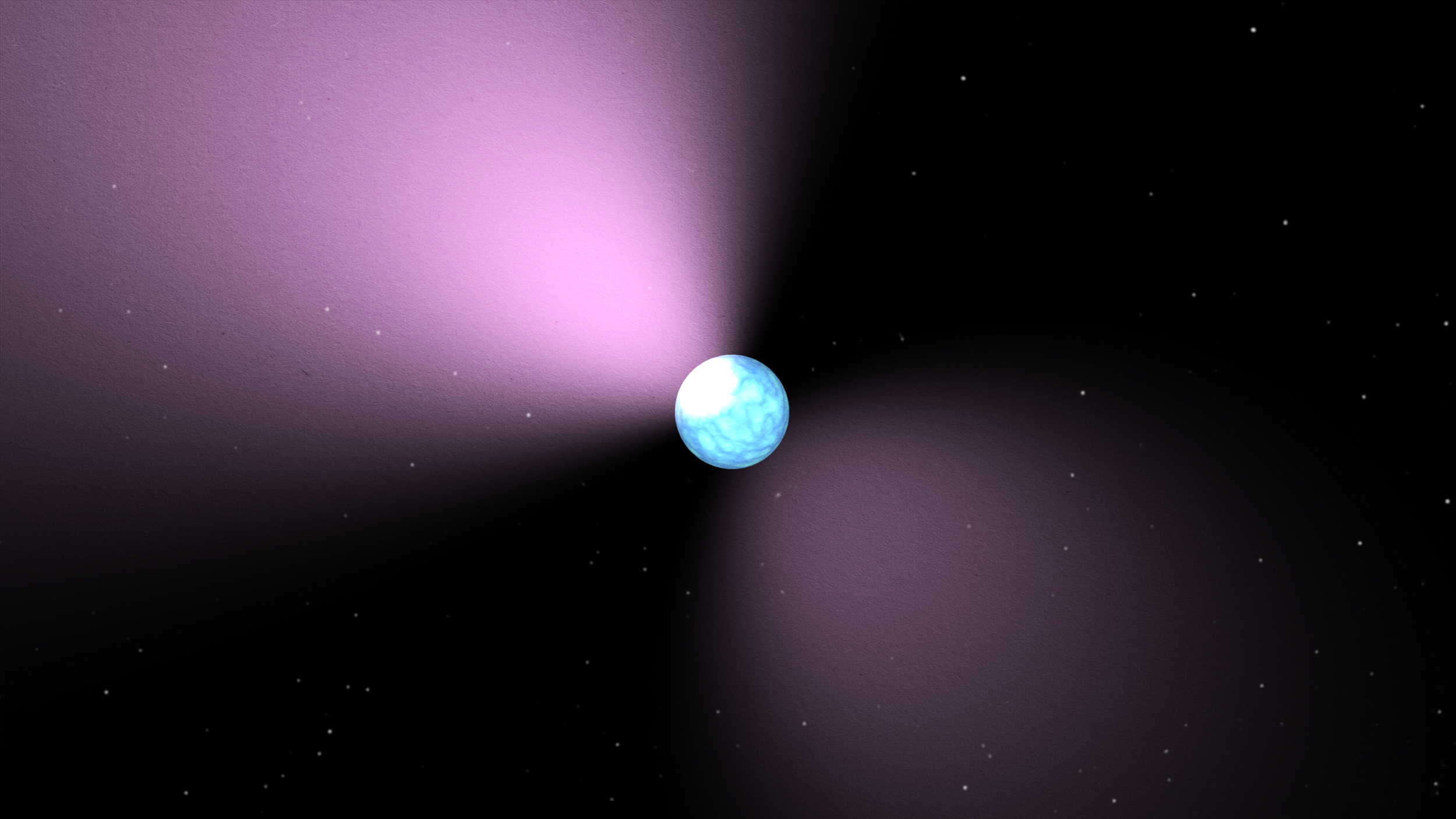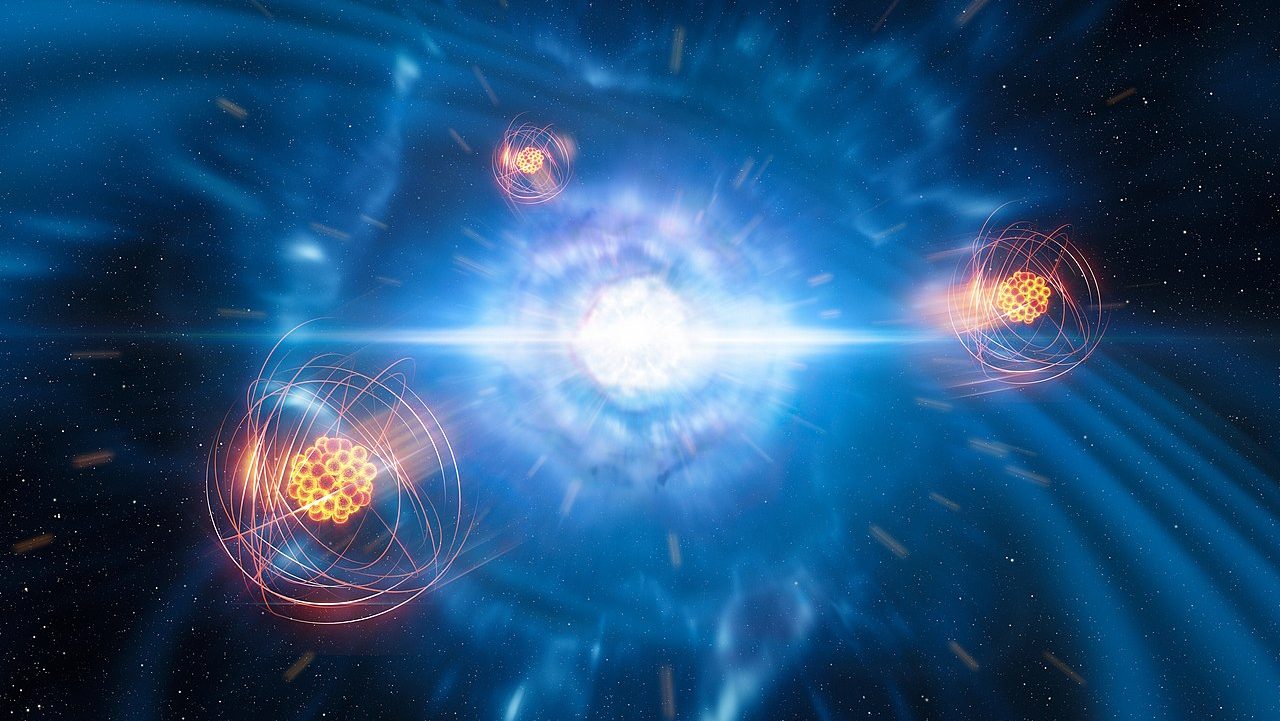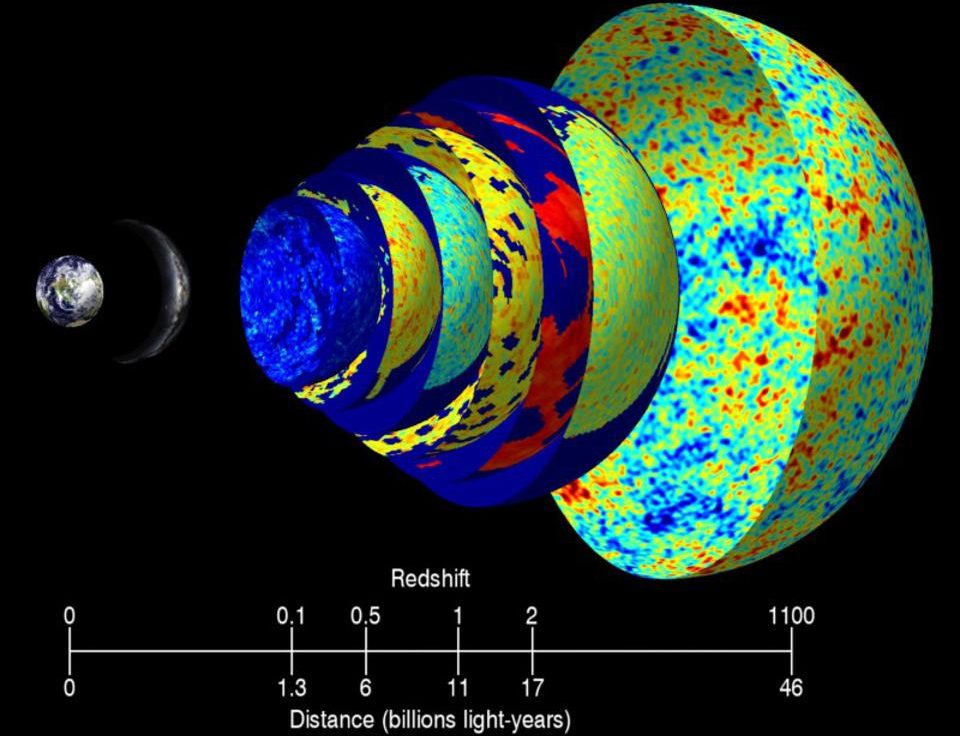A new study shows that the Bernardinelli-Bernstein Comet is much larger than previously thought — potentially the largest ever spotted.
Search Results
You searched for: sun
You might think it’s impossible to run out of wind, but Europe’s “wind drought” proves otherwise. And it’s only going to get worse.
The Copernican principle states that Earth is an ordinary planet, but that does not mean that life is ordinary in the universe.
Did the Milky Way form by slowly accreting matter or by devouring its neighboring galaxies? At last, we’re uncovering our own history.
If tourism is the lifeblood of the Peruvian economy, then Machu Picchu is the heart pumping that blood — in sickness and in health.
Are the stellar remnants in our cosmic backyard actually our parents and grandparents?
Today, it’s common knowledge, but it took scientists centuries to figure out.
A longstanding mismatch between theory and experiment motivated an exquisite muon measurement. At last, a theoretical solution has arrived.
Recent research suggests that Earth’s magnetic field bounced back just as complex life was starting to emerge on our planet.
The majority of the matter in our Universe isn’t made of any of the particles in the Standard Model. Could the axion save the day?
We know of stellar mass and supermassive black holes, but intermediate mass ones have long proved elusive. Until now.
NASA’s space telescopes and observatories bring humanity unrivaled science images and scientific discoveries. Here’s what should be next.
Venus has far more carbon dioxide in its atmosphere than Earth, which turned our sister planet into an inferno. But how did it get there?
In all the known Universe, Earth is the only planet known to have native life. What should guide us in expanding humanity beyond our world?
One book will gather all topics on the search for life in the Cosmos.
While we can see many solar storms coming, some are “stealthy.” A new study shows how to detect them.
Spaceguard shows that we can manage risks to the extinction of humanity — if only we put our mind to it.
When stars form, they emit energetic radiation that boils gas away. But it can’t stop gravitational collapse from making even newer stars.
Every star we can see, including our sun, was born in one of these violent clouds.
Life arose on Earth very early on. After a few billion years, here we are: intelligent and technologically advanced. Where’s everyone else?
The Universe is an amazing place. Under the incredible, infrared gaze of JWST, it’s coming into focus better than ever before.
In 1957, humanity launched our first satellite; today’s number is nearly 10,000, with 500,000+ more planned. Space is no longer pristine.
Scientific surprises, driven by experiment, are often how science advances. But more often than not, they’re just bad science.
In all of science, no figures have changed the world more than Einstein and Newton. Will anyone ever be as revolutionary again?
Einstein’s “happiest thought” led to General Relativity’s formulation. Would a different profound insight have led us forever astray?
Ultracold gases in the lab could help scientists better understand the universe.
So far, gravitational waves have revealed stellar mass black holes and neutron stars, plus a cosmic background. So much more is coming.
In 2017, we detected gold being forged in a neutron star-neutron star merger. Now, in 2024, the amounts created simply don’t add up.
The first in a series of short stories by the Hugo- and Nebula-winning author that inspired the cult hit “Pantheon.”
We frequently say it’s 2.725 K: from the light left over all the way from the Big Bang. But that’s not all that’s in the Universe.
